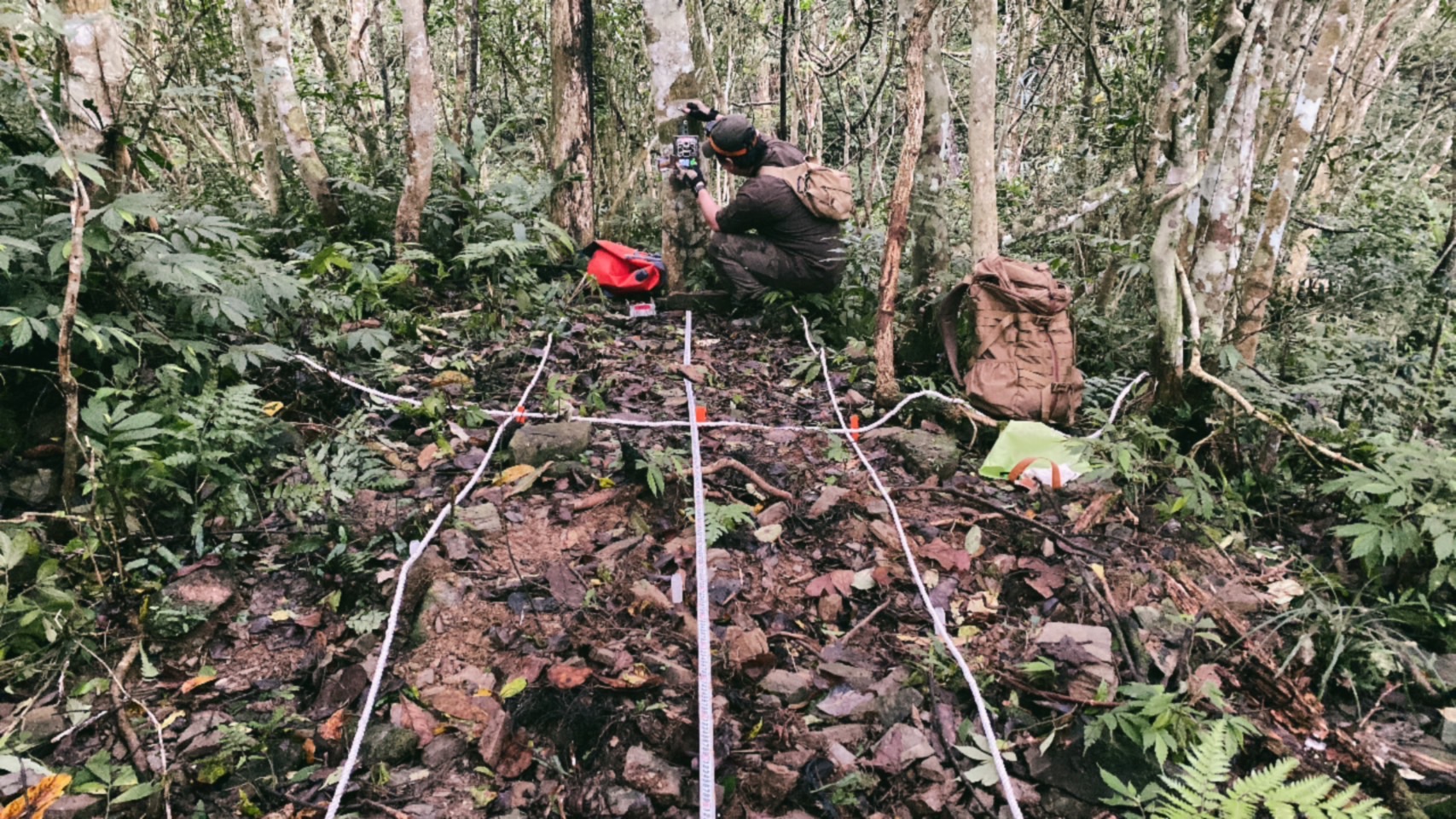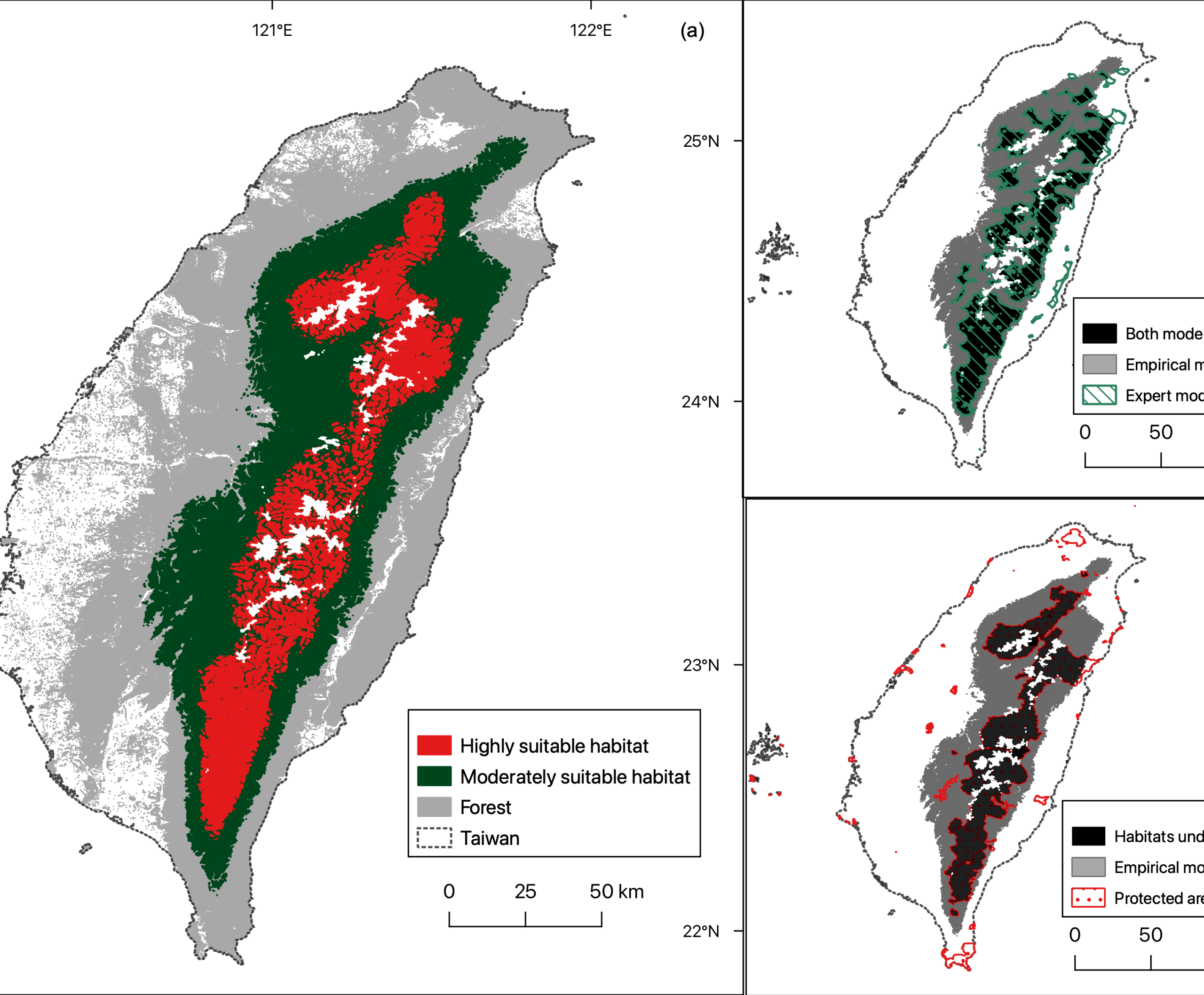Biological Research Fellow, Clouded Leopard Association of Taiwan
PROFILE
I am a DPhil student working on clouded leopard conservation with Dr Andrew Hearn, Dr Paul Johnson, Dr Samuel Cushman, and Dr Po-Jen Chiang. I joined WildCRU in 2022. My study focuses on the reintroduction project aiming to restore the mainland clouded leopard (Neofelis nebulosa) population in Taiwan. To evaluate the feasibility of the reintroduction, I collaborate with the local research team to assess the (1) prey resource and (2) potential risk for the clouded leopard through an intensive camera trapping network.
Reintroduction/Rewilding or conservation translocation was marked as a potential conservation strategy to mitigate the Sixth Mass Extinction. However, such efforts suffered from a low success rate due to the lack of comprehensive, scientific assessment before the action.
At the end of my DPhil study, I propose to promote a practical, universal framework to evaluate such efforts for all terrestrial carnivores worldwide.
Currently, I am financially supported by a (1) Panthera-CLAT fellowship, (2) Taiwan Government Study Abroad Scholarship, (3) Zoo Berlin World Wild Conservation Scholarship, (4) Turtle Back Zoo Biodiversity Fund, (5) Garmin Taiwan, and (6) Fjällräven Taiwan.


SELECTED PUBLICATIONS
A multi-scale, multivariate habitat selection model demonstrates high potential for the reintroduction of the clouded leopard (neofelis nebulosa) to Taiwan
A multi-scale, multivariate habitat selection model demonstrates high potential for the reintroduction of the clouded leopard (neofelis nebulosa) to Taiwan
Hunting, habitat loss and fragmentation have driven a rapid decline in the distribution and
abundance of the clouded leopard, Neofelis nebulosa, across its range, and in several areas the
species is now extirpated, including Taiwan. Taiwan, an historical stronghold of the species, is a
candidate for expanding its current range by reintroduction, based on increasing prey abundance and
high forest coverage. Such future reintroduction efforts, however, are hampered by the lack of an
empirical analysis of clouded leopard habitat potential in the island. To address this knowledge gap,
this study explores the species’ habitat suitability in Taiwan. We employed a multi-scale multivariate habitat selection model based on clouded leopard presence-absence data from extensive
camera trap surveys across its current range, and extrapolated the result to predict suitable habitats in
Taiwan. Our results reveal that 40% of Taiwanese territory represents suitable habitats for clouded
leopards and of which 90% is under protection. This demonstrates the robust potential of Taiwan’s
habitat for clouded leopard reintroduction.
